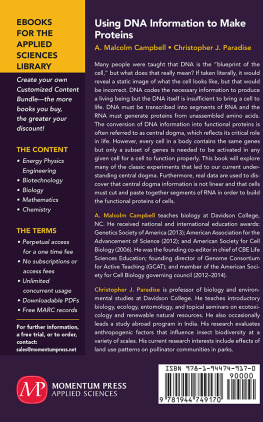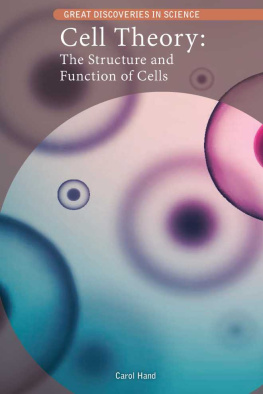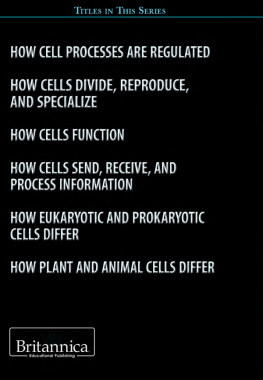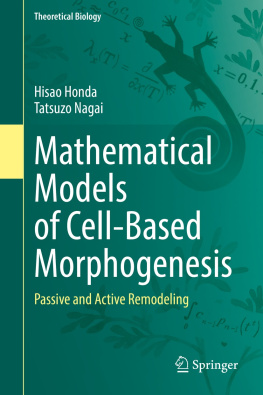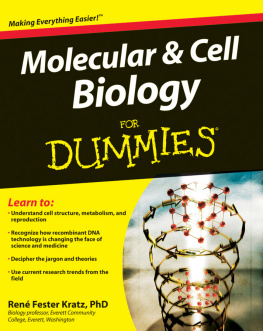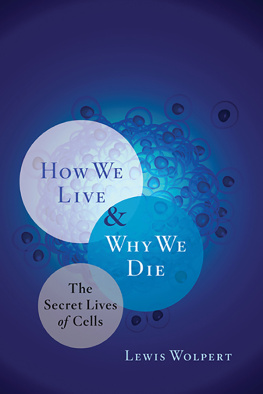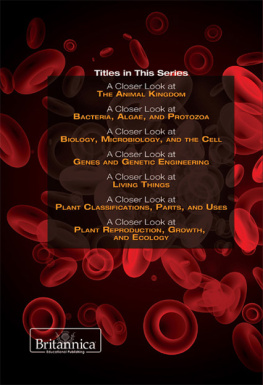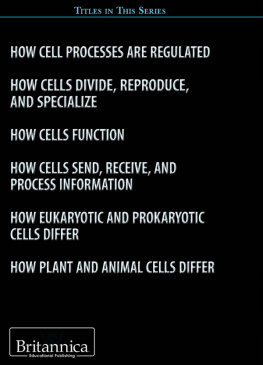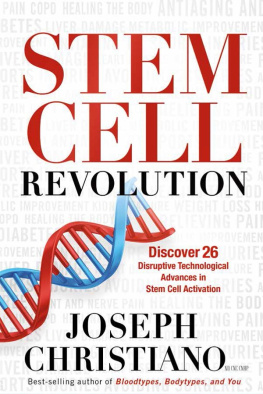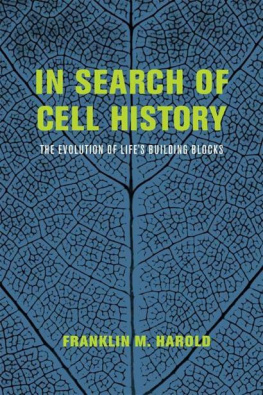Using DNA Information
to Make Proteins
Using DNA Information
to Make Proteins
A. Malcolm Campbell, PhD
Christopher J. Paradise, PhD

Using DNA Information to Make Proteins
Copyright A. Malcolm Campbell and Christopher J. Paradise. 2016.
All rights reserved. No part of this publication may be reproduced, stored in a retrieval system, or transmitted in any form or by any means electronic, mechanical, photocopy, recording, or any other except for brief quotations, not to exceed 250 words, without the prior permission of the publisher.
First published in 2016 by
Momentum Press, LLC
222 East 46th Street, New York, NY 10017
www.momentumpress.net
ISBN-13: 978-1-94474-917-0 (print)
ISBN-13: 978-1-94474-918-7 (e-book)
Momentum Press Biology Collection
Cover and interior design by S4Carlisle Publishing Services Private Ltd., Chennai, India
10 9 8 7 6 5 4 3 2 1
Abstract
Many people were taught that DNA is the blueprint of the cell, but what does that really mean? If taken literally, it would reveal a static image of what the cell looks like, but that would be incorrect. DNA codes the necessary information to produce a living being but the DNA itself is insufficient to bring a cell to life. DNA must be transcribed into segments of RNA and the RNA must generate proteins from unassembled amino acids. The conversion of DNA information into functional proteins is often referred to as central dogma, which reflects its critical role in life. However, every cell in a body contains the same genes but only a subset of genes is needed to be activated in any given cell for a cell to function properly. This book will explore many of the classic experiments that led to our current understanding central dogma. Furthermore, real data are used to discover that central dogma information is not linear and that cells must cut and paste together segments of RNA in order to build the functional proteins of cells.
Keywords
RNA polymerase, transcription, rRNA, tRNA, translation, mRNA, diploid, allele, genotype, recessive alleles, dominant alleles, promoter, homotetramer, operon, steroids, receptors, translation, NCBI, dot plots, BLAST, introns, exons, start codon, stop codon
Contents
This book about the production of proteins from the DNA code is part of a thirty book series that collectively surveys all of the major themes in biology. Rather than just present information as a collection of facts, the reader is treated more like a scientist, which means the data behind the major themes are presented. Reading any of the thirty books by Campbell and Paradise provides readers with biological context and comprehensive perspective so that readers can learn important information from a single book with the potential to see how the major themes span all size scales: molecular, cellular, organismal, population and ecologic systems. The major themes of biology encapsulate the entire discipline: information, evolution, cells, homeostasis and emergent properties.
In the twentieth century, biology was taught with a heavy emphasis on long lists of terms and many specific details. All of these details were presented in a way that obscured a more comprehensive understanding. In this book, readers will learn how genes are regulated and proteins are produced as well as some of the supporting evidence behind our understanding. The historic and more recent experiments and data will be explored. Instead of believing or simply accepting information, readers of this book will learn about the science behind the production of proteins the way professional scientists dowith experimentation and data analysis. In short, data are put back into the teaching of biological sciences.
Readers of this book who wish to see the textbook version of this content can go to www.bio.davidson.edu/icb where they will find pedagogically-designed and interactive Integrating Concepts in Biology for introductory biology college courses or a high school AP Biology course.
Publishing this book would not have been possible without the generous gift of Dr. David Botstein who shared some of his Breakthrough Prize with AMC. Davids gift allowed us to hire talented artists (Tom Webster and his staff at Lineworks, Inc.) and copyeditor Laura Loveall. Thanks go to Kristen Mandava for project management and guidance on the publishing process. In particular, we are indebted to Katie Noble and Melissa Hayban for their many hours of help and attention to detail.
Kristen Eshleman, Paul Brantley, Bill Hatfield and Olivia Booker helped us with technology at Davidson College. We are grateful to administrators Tom Ross, Clark Ross, Carol Quillen, Wendy Raymond, Verna Case, and Barbara Lom who had confidence in us and encouraged us to persist despite setbacks along the way.
These books were the product of the shared labor of my two visionary coauthors Laurie Heyer and Chris Paradise. We shared the dream and the hardships and developed this book from scratch. My family has been very supportive and I thank Susan, Celeste and Paulina for their support and patience. I also want to thank Jan Serie, my pedagogical mentor, who taught me so much about the art and science of helping students learn. I benefited from the support of the Howard Hughes Medical Institute grant 52006292, the James G. Martin Genomics Program, and Davidson College. This book would not have survived its first draft without my students who endured the typos and the early versions of this book. These undergraduates participated in a bold experiment to see if beginners could construct their own knowledge, retain what they learned, and transform the way they see themselves and the discipline of biology. While many people said that beginning students were not up to the task, my students proved them wrong.
What makes cells function as productive members of a persons body? How do cells control which genes are activated at different times or in different organs within the body? Molecular information is passed down from generation to generation in the form of DNA. However, DNA does not perform cellular functions, it only provides a genetic code for cells; proteins perform most cellular functions. Although the structure and function of DNA were understood by the late 1950s, researchers still did not understand how the different forms of RNA functioned. In this book, the reader will follow the path of researchers who made many ground-breaking discoveries about how cells produce proteins. This path culminates with the fundamental concept of central dogma, which explains how cells process molecular information from DNA to RNA to protein. It may surprise some to know that the path of discovery has not ended. Future biologists will continue to make many important discoveries, building on the foundation of ideas that are covered in this book.
DNA is the heritable material which cells pass from one generation to the next. Is DNA directly responsible for doing the work inside cells? To answer this simple question, start with familiar dataa chicken egg. Bird eggs begin as only one tiny cell that sits on top of the yolk, which is surprising to most people. Eggs are produced by hens and contain the basic building blocks of lifecarbohydrates such as sugars, lipids including fats, as well as protein, and nucleic acids (DNA and RNA). The DNA instructions tell the egg how to build a baby chick and are contained inside the single, microscopic cell. When an egg is boiled and cut open, what is seen? Which of the four building blocks of life make up the majority of the egg? The two most obvious parts are the lipid-rich yellow yolk and the protein-rich white albumin. The only cell is microscopic and too small to see. How does the DNA inside this microscopic cell direct all the fat and protein to assemble into a living bird?

